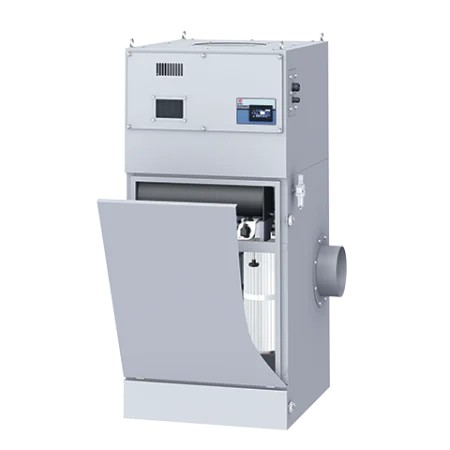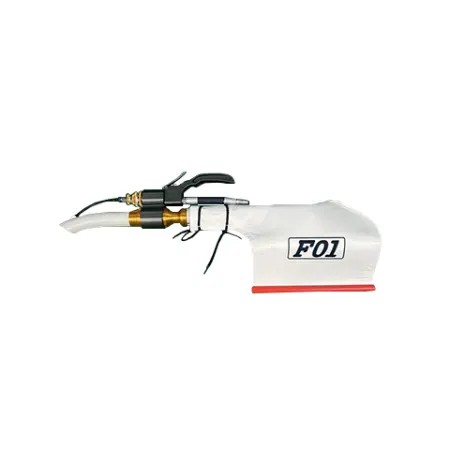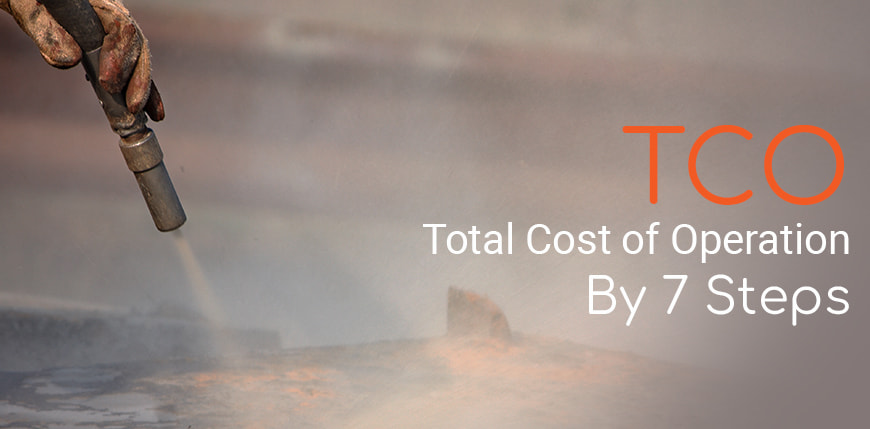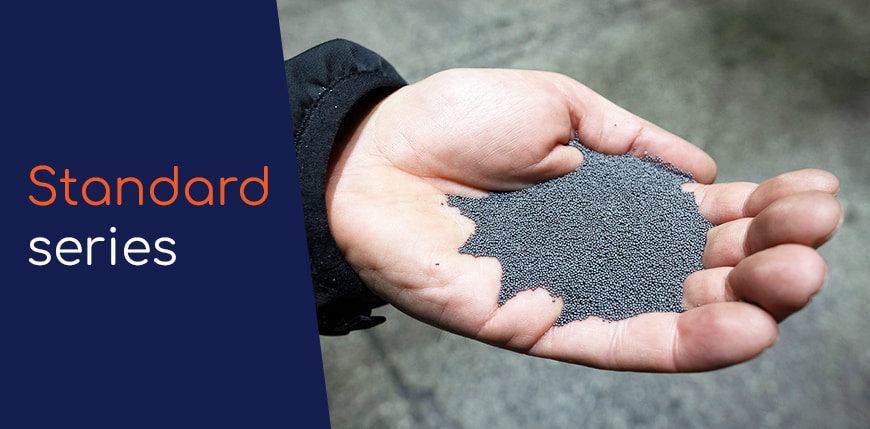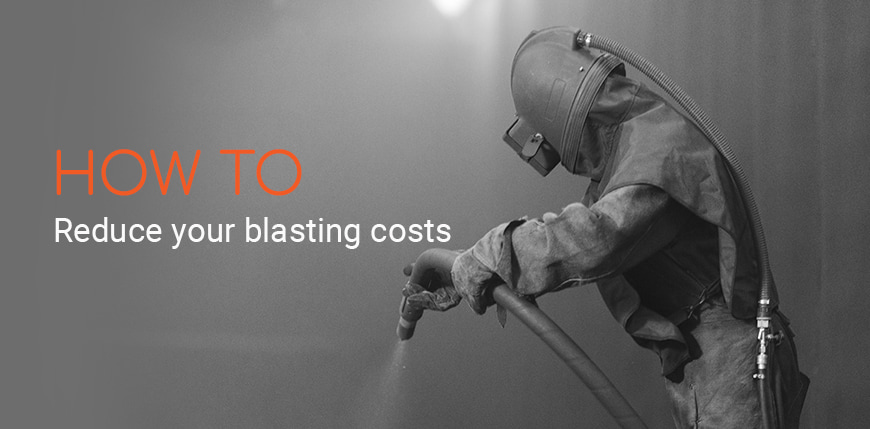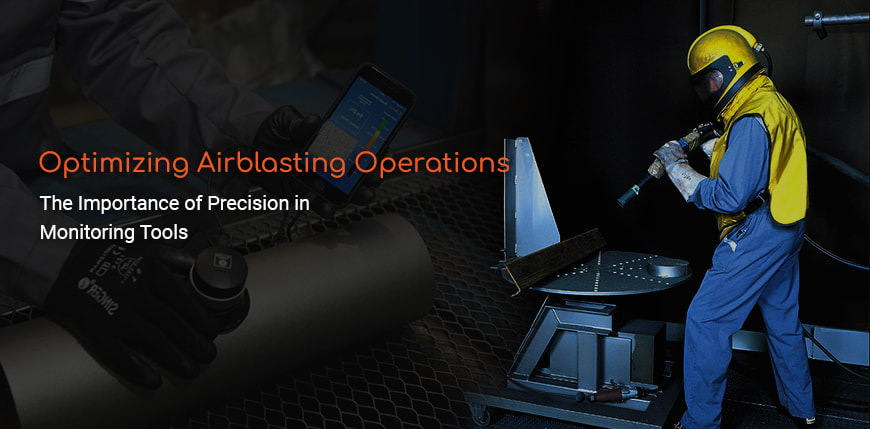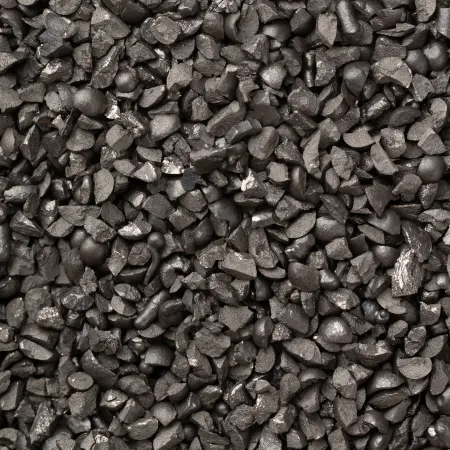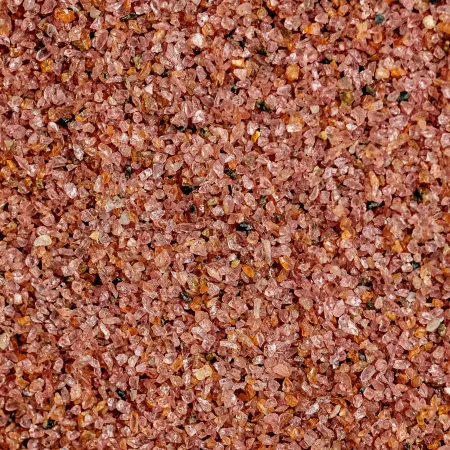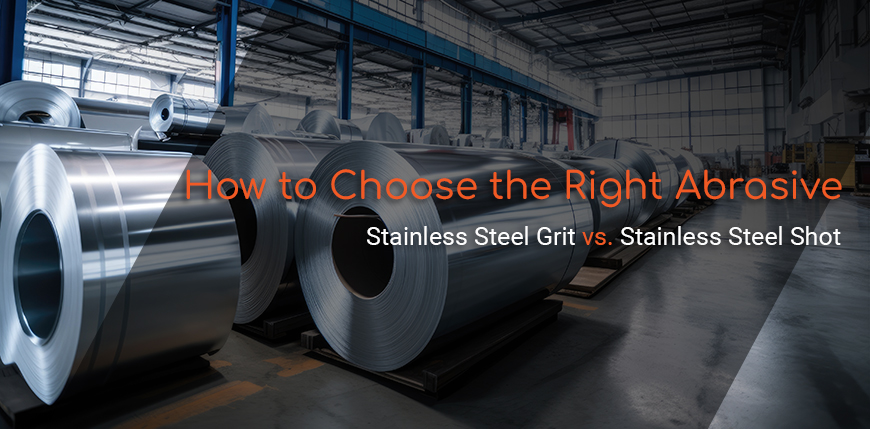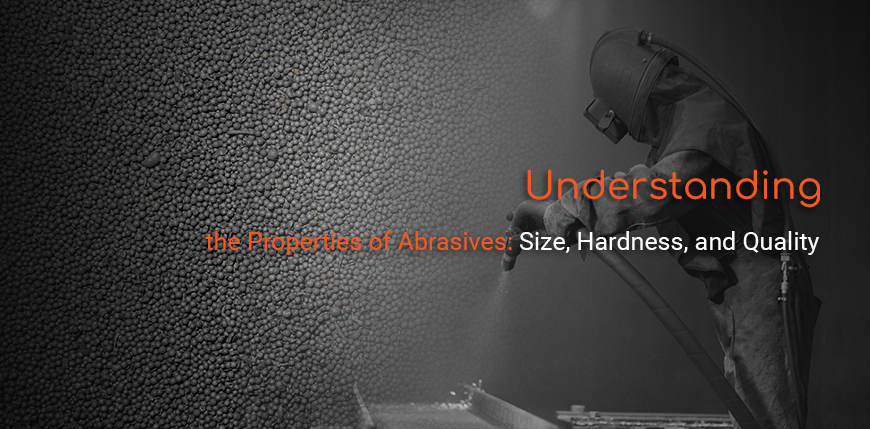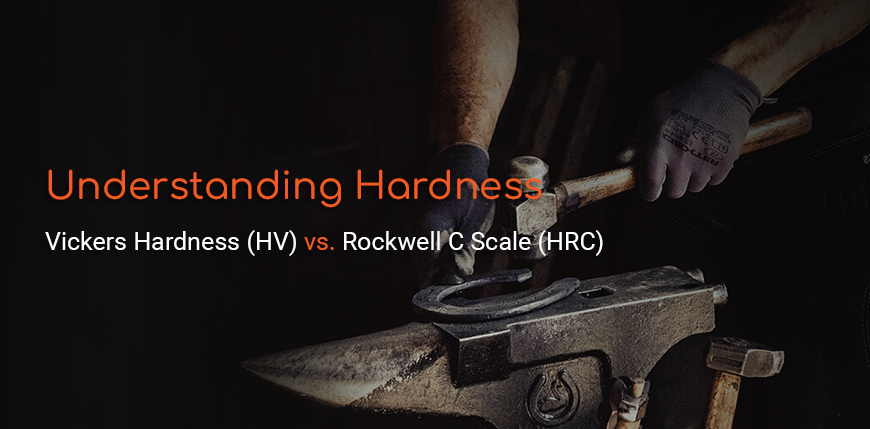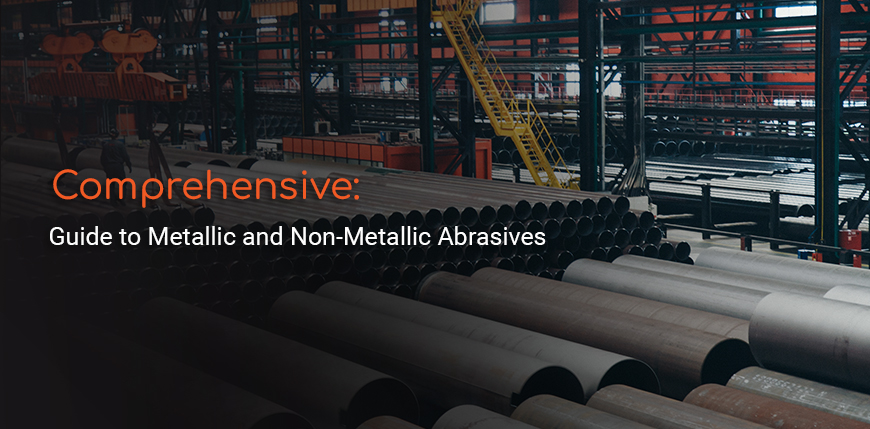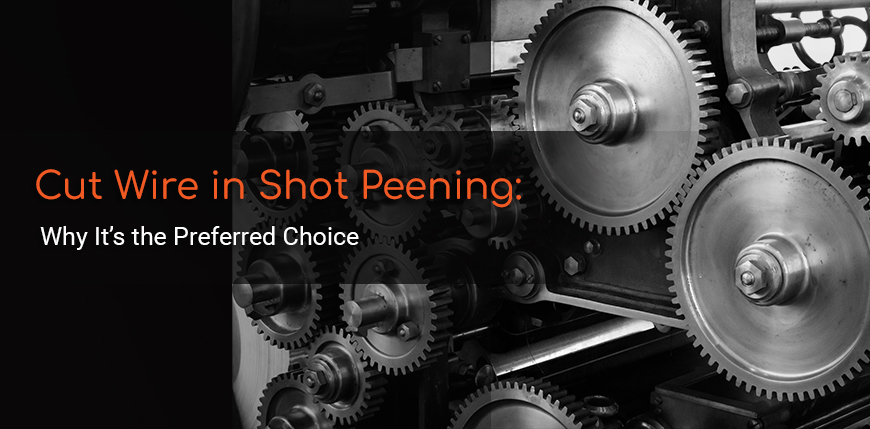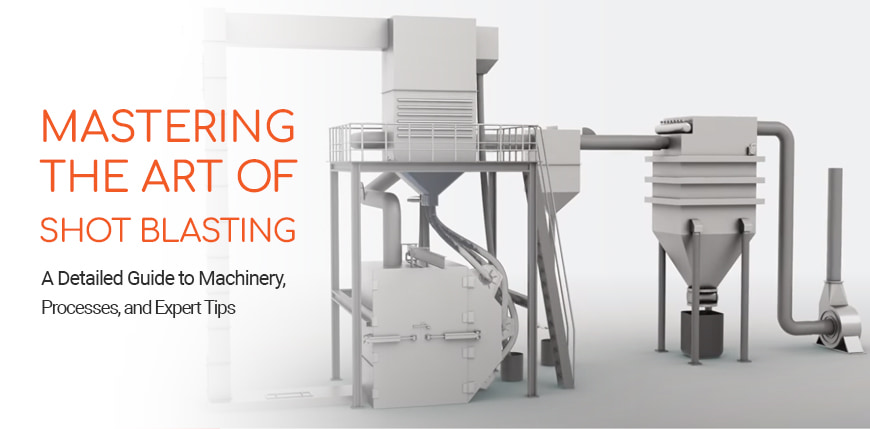
The Anatomy of a Standard Shot Blasting Machine
Understanding the key components of a shot blasting machine is crucial for anyone looking to grasp the process fully. Here's a breakdown:
· Turbines: Often considered the heart of the machine, turbines are responsible for propelling the abrasive material at high speeds. The type and number of turbines can significantly impact the efficiency and effectiveness of the shot blasting process.
· Blast Chamber: This is the arena where the action happens. Engineered to withstand the high impact of abrasive materials, the blast chamber is a critical component for effective shot blasting.
· Abrasive Recovery System: This system collects and recycles the abrasive material after it strikes the surface, making the process more sustainable and cost-effective.
· Air separator: This will allows the separation between worn/too small particles of abrasive and the still usable abrasive.
· Dust Collector: A clean working environment is essential for safety and efficiency. The dust collector plays a pivotal role in maintaining this.
The Process Flow
Understanding the sequence of operations can offer valuable insights. Here's how it generally works:
1. Loading: The material to be blasted is loaded into the chamber.
2. Blasting: Upon activation, the turbines propel the abrasive material, initiating the shot blasting process.
3. Recovery: The Abrasive Recovery System collects the used material.
4. Separation: Reusable and waste materials are separated, optimizing resource usage.
5. Unloading: Finally, the cleaned material is unloaded, ready for the next stage in its production or refurbishment.
Application Variants
Shot blasting is not a one-size-fits-all process. Depending on the industrial application, machines can come equipped with additional features like:
· Rotary Drum: For batch processing of parts.
· Conveyor System: For automated, continuous operations.
Expert Assistance
For those seeking a deeper understanding or facing complex challenges, our team of Technical Experts is available for consultations. They can provide insights into optimizing your shot blasting operations and selecting the right machinery and abrasive types.
Conclusion
Shot blasting is both an art and a science, involving a range of machinery and processes. Whether you're new to this field or an experienced professional, understanding the intricacies of the equipment and the flow of operations can significantly improve your output quality and operational efficiency.
In an industry that never stands still, staying informed is your ticket to success. This guide serves as a comprehensive resource for mastering the art and science of shot blasting.



